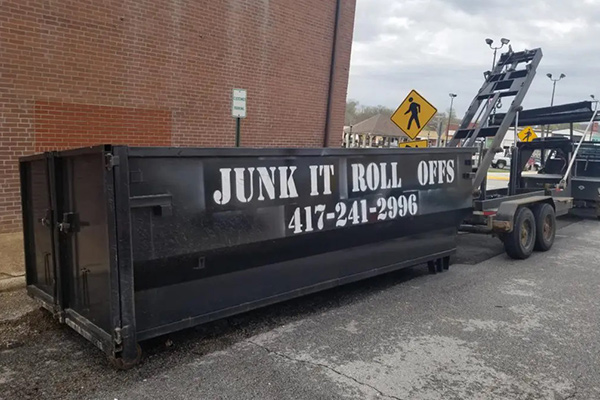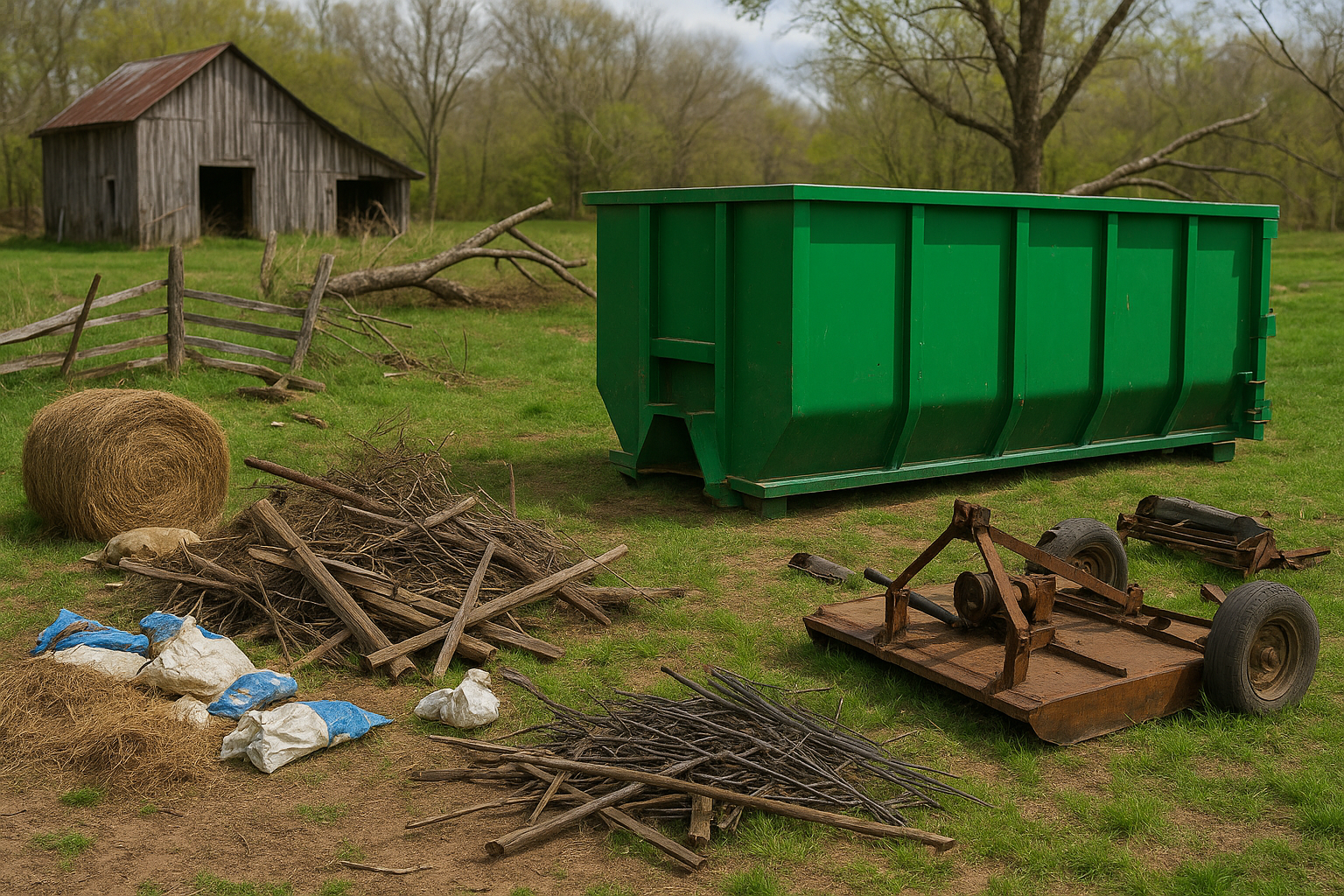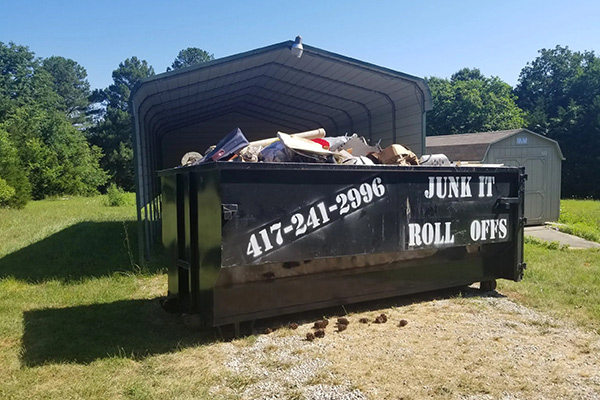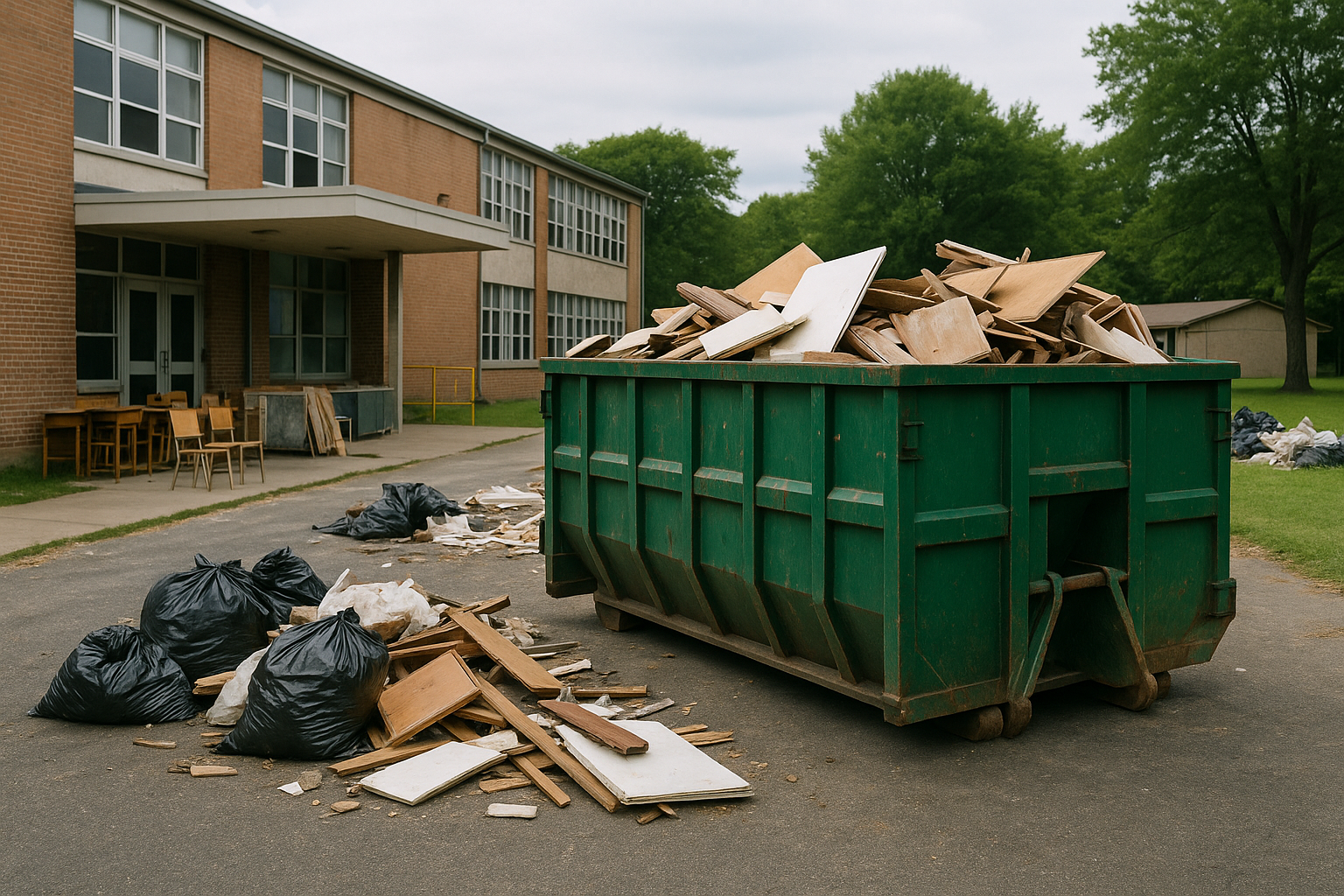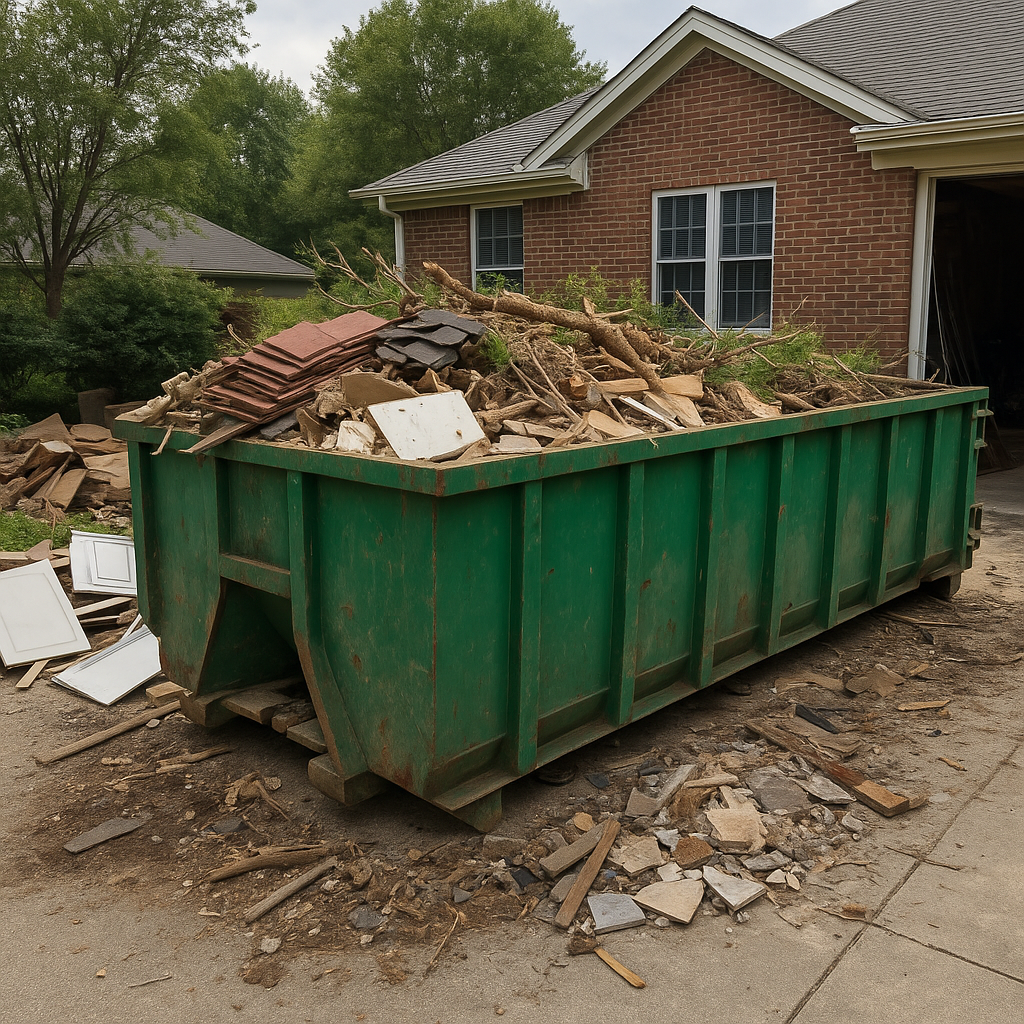By using our website, you agree to the use of cookies as described in our Cookie Policy
Solutions for Storm Debris Cleanup in Springfield Neighborhoods
Storm cleanup in Springfield neighborhoods requires quick action and proper planning to prevent property damage and safety issues. When severe weather hits our area, knowing how to handle debris removal can help you get your property back to normal quickly and safely.
Quick Response After the Storm
Acting fast after storm damage helps prevent additional problems and keeps your property safe. The first few hours after a storm are critical for preventing further damage to your home and belongings. Taking the right steps immediately can save you money on repairs while protecting your family's safety and your property value.
- Document all storm damage with photos before moving any debris - this helps with insurance claims and ensures proper coverage for removal costs.
- Check your property for safety hazards like downed power lines or unstable tree limbs, and mark these areas clearly until professionals can address them.
- Contact your insurance company right away to understand what cleanup services are covered under your policy.
Types of Storm Debris
Different types of storm debris require specific handling methods to ensure safe and efficient cleanup. Fallen trees and large branches need to be cut into manageable pieces by professional services who have the right equipment and safety training. Building materials that suffer wind or water damage must be carefully sorted to separate recyclable materials from general waste, which helps reduce landfill impact. Personal items damaged by water need quick evaluation and proper handling to prevent mold growth and additional damage that could make them unsalvageable.
Proper Disposal Methods
Springfield has specific rules and regulations that everyone must follow when disposing of storm debris. Following these local guidelines helps keep our community clean and ensures debris is handled safely and efficiently. Understanding these rules before you start cleanup can save you time and prevent fines or cleanup delays.
- Green waste like branches and leaves can often go to the Springfield Yard Waste Recycling Center, but there are size and quantity limits you need to know.
- Construction materials from storm damage must be separated from yard waste and might need special handling or permits for disposal.
- Household items damaged by storms should be properly sorted for recycling or disposal according to local guidelines.
Community Cleanup Tips
Working together as a neighborhood makes storm cleanup faster, safer, and more effective for everyone involved. Coordinating with neighbors to share equipment, tools, and resources can help reduce costs while making the cleanup process more efficient for all households. Keeping street drains clear of leaves, branches, and debris is essential to prevent flooding if more rain comes during the cleanup period. Following Springfield's specific guidelines for placing debris at the curb ensures smooth pickup service and helps city crews work more efficiently in affected areas.
Professional Help Options
Some situations during storm cleanup are too dangerous or complex to handle on your own. Professional assistance becomes necessary when dealing with hazardous materials, large fallen trees, or structural damage that could pose safety risks. Knowing when to call experts can prevent injuries and ensure the cleanup is done correctly the first time.
- Large tree removal needs special equipment and trained workers to prevent property damage.
- Water-damaged materials might need expert handling to prevent health risks.
- Heavy debris removal often requires professional equipment and proper disposal permits.
Need help with your neighborhood storm cleanup? Junk It Roll Offs provides professional debris removal services for Springfield communities. Contact Junk It Roll Offs at (417) 241-2996 to schedule your cleanup service today.
‹ Back



